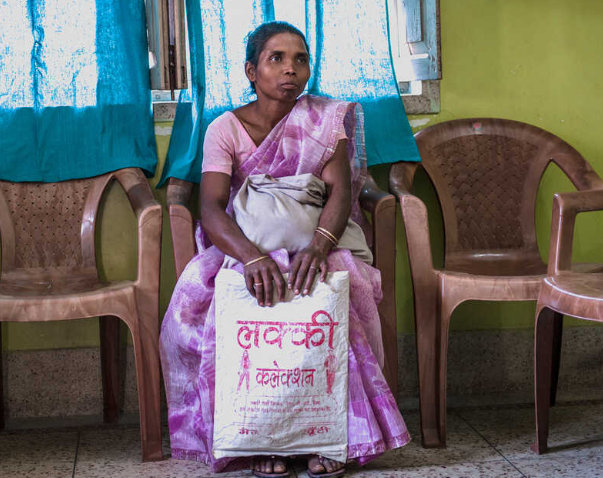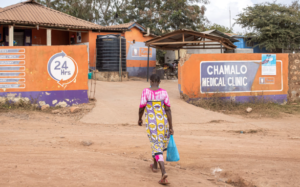
|
Getting your Trinity Audio player ready...
|
Access to reproductive healthcare services, including abortion, is essential for women’s health and well-being. However, for women living in rural areas, accessing abortion services can be particularly challenging. Rural areas often have fewer healthcare facilities and providers, which can limit the availability of reproductive healthcare services, including abortion. This article will explore the challenges of accessing abortion in rural areas and potential solutions to improve access to care.

Challenges of Abortion Access in Rural Areas
Limited Healthcare Facilities and Providers One of the primary challenges of accessing abortion in rural areas is the limited availability of healthcare facilities and providers. Rural areas often have fewer healthcare facilities and providers compared to urban areas, and those facilities and providers may not offer reproductive healthcare services, including abortion. This limited availability can make it difficult for women in rural areas to access abortion services, particularly if they do not have reliable transportation to travel to a nearby city.
Stigma and Lack of Privacy
Another challenge for women seeking abortion in rural areas is the stigma associated with abortion. In small rural communities, where everyone knows each other, women may fear judgment or discrimination if they seek abortion services. The lack of privacy can also be an issue, as women may fear being seen entering a healthcare facility that offers abortion services, which could result in gossip or harassment.
Limited Insurance Coverage
Insurance coverage can also be a challenge for women seeking abortion services in rural areas. Many rural areas have a higher percentage of uninsured or underinsured individuals, which can make it difficult for women to afford the cost of an abortion. Additionally, many insurance plans may not cover abortion services, which can further limit access to care.
Transportation Challenges
For women living in rural areas, transportation can be a major challenge. Many rural areas lack public transportation options, and women may not have access to a personal vehicle. Even if a woman can obtain a ride to a healthcare facility, the cost of transportation can be prohibitively expensive.
Solutions to Improve Abortion Access in Rural Areas
Expanding Telemedicine Services
One potential solution for improving access to abortion in rural areas is the use of telemedicine. Telemedicine allows healthcare providers to connect with patients remotely using video conferencing and other technologies. This can be particularly helpful for women in rural areas who may not have access to a nearby healthcare facility that offers abortion services. By connecting with healthcare providers remotely, women can receive the care they need without having to travel long distances.
Increasing the Number of Providers in Rural Areas
Another solution for improving access to abortion services in rural areas is to increase the number of healthcare providers who offer reproductive healthcare services. This can be accomplished through programs that incentivize healthcare providers to work in rural areas, such as loan repayment programs or increased reimbursement rates for Medicaid patients. Additionally, expanding the number of nurse practitioners and physician assistants who can provide abortion services can help increase access to care.
Reducing Stigma and Improving Privacy
Reducing stigma and improving privacy are also important steps for improving access to abortion services in rural areas. This can be accomplished through education campaigns that promote awareness and understanding of abortion and reproductive healthcare. Additionally, offering abortion services in non-traditional settings, such as through mobile clinics or community health centers, can help improve privacy and reduce stigma.
Training Providers
Training healthcare providers in rural areas to provide abortion services can also help improve access to care. This can help ensure that women have access to care without having to travel long distances to see a provider.
Increasing Public Funding
Increasing public funding for abortion services can also help improve access to care in rural areas. This funding can be used to support providers in rural areas, as well as to cover the cost of transportation for women who need to travel to obtain care.
Conclusion
Access to abortion services is essential for women’s health and well-being, regardless of where they live. However, women living in rural areas face unique challenges when it comes to accessing abortion services. By expanding telemedicine services, increasing the number of healthcare providers who offer reproductive healthcare services, and reducing stigma and improving privacy, we can help ensure that women in rural areas have access to the care they need.
